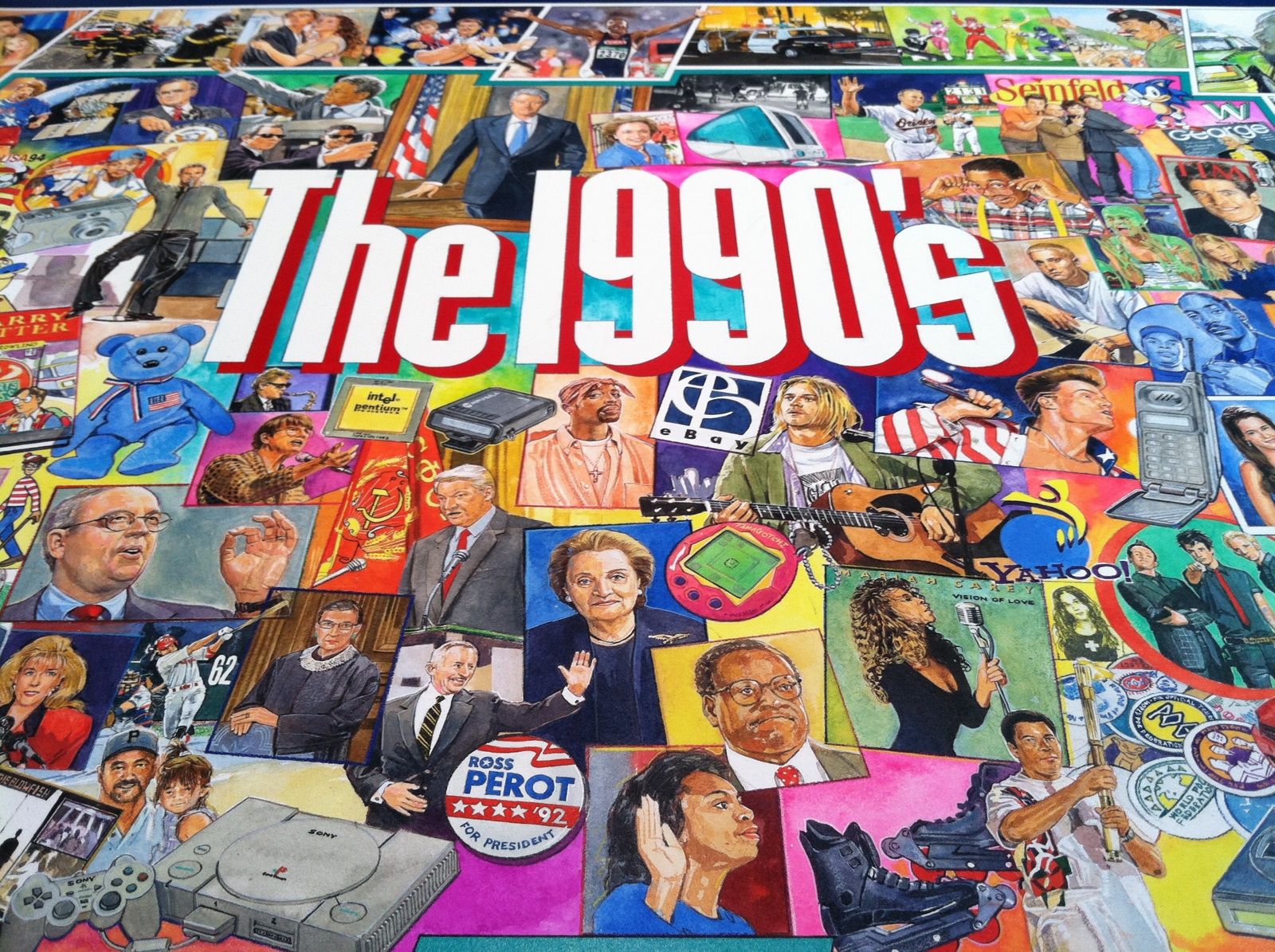A blast from the past: Nostalgia marketing is taking us back to the future
My wife is not a fan of washing up, but for a few short weeks, she simply couldn’t resist standing at the kitchen sink, pulling on the Marigolds and plunging her hands into the hot bubbly water. Then, Procter & Gamble stopped producing its limited edition “vintage” bottle of Fairy Liquid – a white cylinder with green and red branding – and sadly, normal service resumed.
On the local high street, a new supermarket opened for business. With a new but very old logo. Intriguingly, after a root and review of its branding, the Co-operative Group has returned to the logo that adorned its stores half a century ago. Graphically, it’s fantastic – a blend of funky typography and minimalism – but it also elicits an emotional response. I almost felt like a boy again, off to buy some R White’s lemonade and a bag of Golden Wonder salt ‘n’ vinegar crisps.
Nostalgia is a powerful marketing tool. It can encourage us all to remember our rose-tinted pasts and to bathe in the warm glow of the good old days when the world was simpler and the sun always shone. It creates an emotional connection between brand and consumer. And it’s beguilingly effective. A simple change in a product’s packaging can turn a daily chore like washing up – into a moment of pleasure. It can make supermarket shopping feel like a trip down memory lane.
Nostalgia – is it the real thing?
In a world welcoming virtual reality and artificial intelligence, it’s no surprise that consumers want a comforting vision of the real thing, which just so happens to be tucked away in an idealised past. It’s logical, then, for brands to be increasingly keen to take their customers – and potential customers – back to the future. It’s simple, effective and it can be cheap, especially if the brand re-uses an old creative.
At the 2018 Super Bowl, a swathe of slots relied on reliving former glories. Coke, for example, broadcast a remastered version of an ad that originally hit our screens in 1971. I pride myself on ignoring ads, but Coke’s ‛Hilltop’ was so evocative I was left with a warm glow of childhood.
It doesn’t matter if it’s the real thing… it feels good. Nostalgia reduces stress, increases self-esteem, and enhances feelings of social connectedness, according to psychological studies. And a study by the Journal of Consumer Research reveals it makes us spend more money.
Nostalgia is clearly a good strategy for reaching the middle-aged and oldies but, perhaps surprisingly, it is also perfect for hitting millennials who increasingly yearn for the pre-internet age when digital technology didn’t dominate 24/7. Or when it was more controllable. Microsoft launched a campaign suggesting ’90s kids’ rediscover Internet Explorer. Internet Explorer? Remember that? Even a search engine can now be vintage and trigger cosy feelings of security, connectedness and excitement.
Strangely, nostalgia can work even if a brand’s audience didn’t live through a particular event. Enter the phenomenon that has been dubbed ‘early onset nostalgia’ by some and ‘fauxstalgia’ by others. It is the yearning for a time in the past that has not been experienced. Take the clunky vinyl LP. In an era of hyper-efficient music streaming, vinyl sales are soaring, with almost ten million sold in the US last year. And no, the artists were not Adele or Ed Sheeran; think Michael Jackson’s Thriller, Beatles’ Abbey Road and Rumours by Fleetwood Mac.
It’s not surprising. Watch Jackson or the Beatles in their heyday on Youtube and check out the music, the clothes, the dance moves and the attitude and you’ll see there’s plenty for brands to tap into. Associating brand messaging with positive references from the 1990s or 1980s – or even the 1970s and before – can humanize a brand and forge engaging connections between the past and present.
Exploiting nostalgia, however, can backfire. Reliving memories is a good thing, but no brand wants to give the impression it is stuck in the past or unoriginal. So nostalgia-based marketing is best when brands are aware of modern culture and blend new ideas with their heritage. Then it’s down to trusting our memories to do the rest. In a way, our memories do the job of the marketing team, filtering out much of the bad and leaving mostly positive emotions – that increase brand recall and the all-important desire to buy.
If you are interested in unique branding tactics such as adding nostalgia (or fauxstalgia) into your content strategy, please contact us. Our team would love to talk to you.




Leave a comment:
You must be logged in to post a comment.